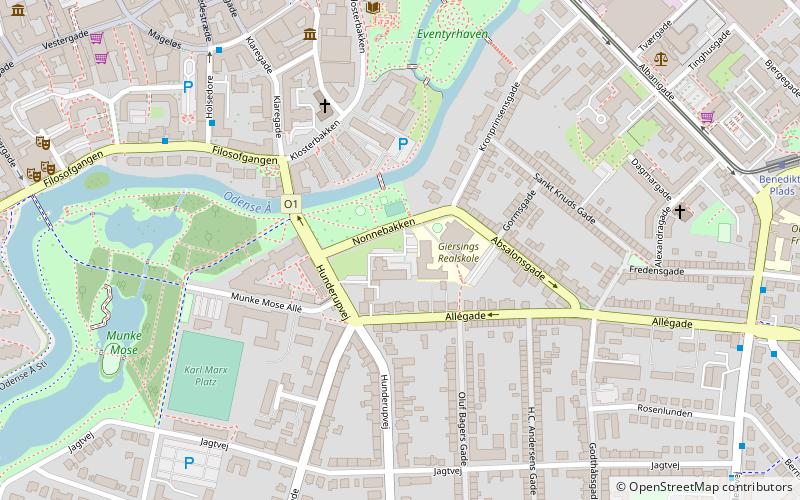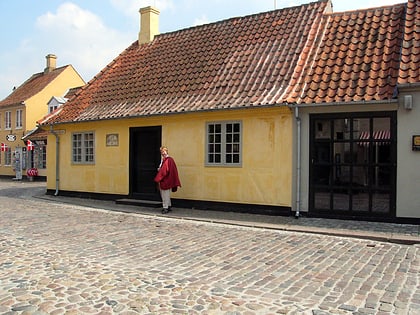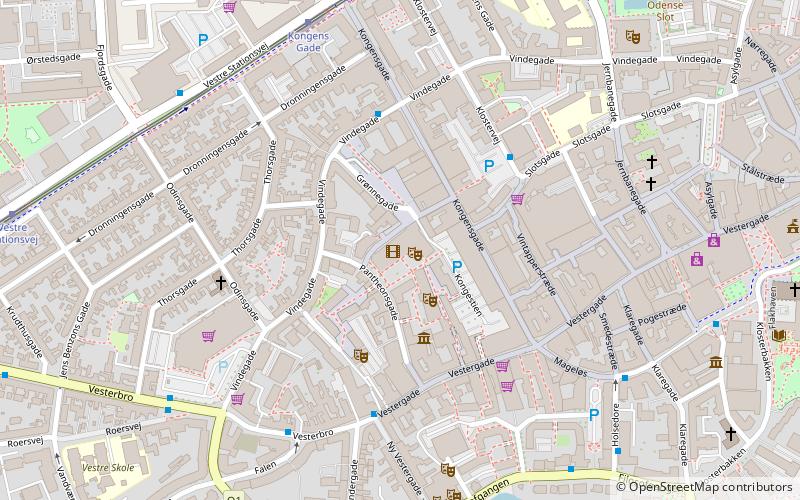Nonnebakken, Odense

Facts and practical information
Nestled in the heart of Odense, Denmark, Nonnebakken stands as a testament to the city's rich Viking heritage. This archaeological site, though less conspicuous than the towering monuments of the world, is steeped in historical significance. Nonnebakken is one of the few remaining ring fortresses from the Viking Age, believed to have been constructed by King Harald Bluetooth in the late 10th century.
The site's name, translated as "Nun Hill," belies its martial origins. It was once part of a network of fortresses designed for defense and control, strategically positioned throughout the kingdom. Today, Nonnebakken is an essential locale for archaeologists and historians, offering a window into the Viking era's sophisticated military architecture and society.
Nonnebakken may not boast grandiose structures or towering ruins, but the subtle contours of the landscape hide the fortress's circular earthworks, which are still discernible to the trained eye. Excavations have unearthed a wealth of artifacts, including weapons, tools, and everyday objects that paint a vivid picture of life during the Viking Age.
While much of the original fortress has succumbed to the passage of time, the site's significance has not been forgotten. The city of Odense has embraced Nonnebakken as a cultural treasure, incorporating it into the urban fabric as a public space where history and leisure converge. Visitors to the site can walk the grounds where Vikings once stood and reflect on a bygone era that shaped the course of Scandinavian history.
Odense
Nonnebakken – popular in the area (distance from the attraction)
Nearby attractions include: St. Canute's Cathedral, Hans Christian Andersen Museum, Svømmehallen Klosterbakken, Odense Aafart.
Frequently Asked Questions (FAQ)
Which popular attractions are close to Nonnebakken?
How to get to Nonnebakken by public transport?
Train
- Odense (18 min walk)
- Odense Sygehus (30 min walk)
Bus
- Dannebrogsgade • Lines: N844 (21 min walk)










